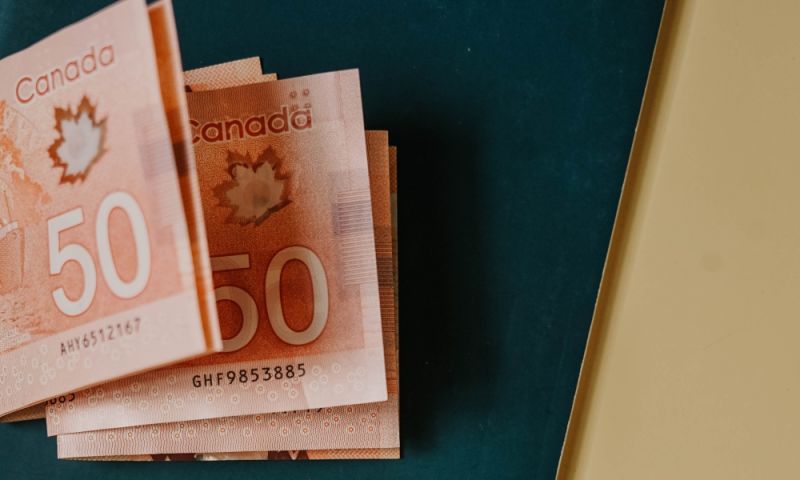Apple to Pay Out $14.4 Million in Canadian iPhone Throttling Settlement
 Credit: Primakov / Shutterstock
Credit: Primakov / Shutterstock
Toggle Dark Mode
As is often the case with anything that has to wind its way through the legal systems, the fallout from tech scandals can sometimes continue to echo years later. Such is the case with Apple’s so-called “batterygate” controversy from seven years ago.
In what was ostensibly an effort to help improve the stability of older iPhones with aging batteries, Apple chose to throttle their performance in an early 2017 iOS 10.2.1 update. Sadly, while Apple may have had the best intentions for doing so — a slower iPhone was better than one that randomly shut down, the company reasoned — it did so without explaining what it was doing to anyone.
When the move came to light, it got Apple in a lot of hot water. This included multi-million dollar fines from several US states and foreign governments, including Italy, France, and Spain. While none of these agencies took umbrage with Apple’s decision to throttle performance, they lambasted the company for the “dishonest commercial practices” of not being transparent to its customers.
This included the expected spate of class-action lawsuits, and while some of them were absurdly opportunistic, at the end of the day, the litigants (and the government regulators) had one valid point: many customers confronted with slowdowns had chosen to purchase an entirely new iPhone, not knowing that a much more affordable battery replacement could have fixed the problem instead.
The class-action lawsuit in the US concluded with Apple agreeing to pay out $310 million to affected customers, ultimately working out to $92.17 per affected iPhone. Since the settlement covered any US resident who owned an iPhone 6, 6 Plus, 6s, 6s Plus, or iPhone SE that ran iOS 10.2.1 or later or an iPhone 7 or iPhone 7 Plus that ran iOS 11.2 or later before December 21, 2017, some Apple users may have also been eligible to receive multiple payments.
An example of how slowly the wheels of justice turn is that the US class-action lawsuit was settled in 2019, the claim period closed in 2020, and the payments only started going out in early January of 2024.
Similar lawsuits have been filed in other countries, and now it looks like a Canadian one is coming to a resolution. In early January, we reported that Apple had reached a settlement in the Canadian iPhone Power Management Class Action, where it would pay out $14.4 million CAD (~$10.6 million USD).
While that sounds like a drop in the bucket compared to the US lawsuit, it’s also for a country with about one-tenth of the population. The actual payout per custom could be considerably higher, though, at up to $150 CAD per affected iPhone.
According to CBC News, British Columbia’s Supreme Court, which is ruling on the class-action lawsuit filed in that province as well as the ones from Ontario, Saskatchewan, and Alberta, has approved Apple’s settlement as described. The court was initially scheduled to rule on the settlement on January 29, 2024, but reserved its decision until February 21.

As with most class-action lawsuits, that maximum amount depends on how many claims are submitted and could also go as low as $17.50 CAD per eligible iPhone. It’s worth noting that the US settlement was originally only expected to be $25 per iPhone; it rose to $92.17 due to fewer claims than anticipated.
This is because the settlement specifies a range for the payout. The number also includes a healthy chunk of change for the lawyers, along with other administrative costs and fees. However, what remains after that is equally divided by the number of claims submitted, up to a maximum amount per claim.
The Canadian settlement has Apple agreeing to pay a minimum of $11,137,500 CAD regardless of how many claims come in. This will provide up to $150 per eligible iPhone. However, if insufficient claims are filed to account for the total amount, the excess funds go to a charitable organization in what’s known as a cy pres award. On the other hand, if the $11.1 million can’t cover at least $17.50 per claim, Apple will be forced to pay a higher amount, up to a maximum of $14.4 million.
The criteria for being able to file a claim is the same as in the US settlement, although it applies to Canadian Apple customers:
If you owned and/or purchased an Apple iPhone 6, 6 Plus, 6s, 6s Plus, SE, 7 or 7 Plus smartphone device with iOS 10.2.1 or later (for iPhone 6, 6 Plus, 6s, 6s Plus, or SE) and/or iOS 11.2 or later (for iPhone 7 or 7 Plus) installed or downloaded, before December 21, 2017, you may be eligible for a payment from this class action.
Since the news only broke earlier today, the class action website has yet to be updated with additional details, but we’d recommend keeping an eye on it if you’re an eligible class member. The catch is that, according to CBC News, you may have to “provide a serial number for the impacted phone,” so you may want to start digging through your old receipts now.






